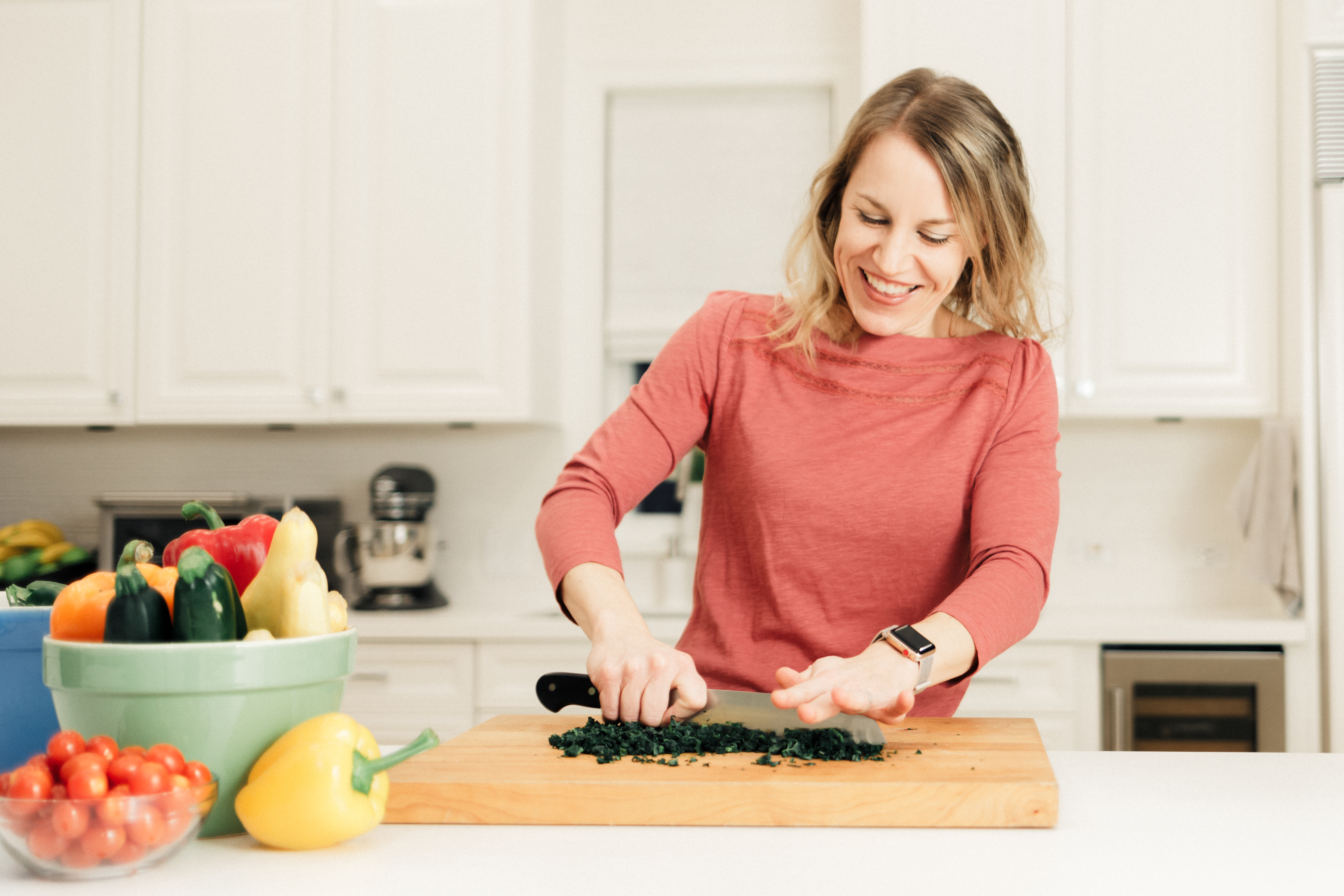How to Make Your Own Salad Dressing
Salad season is upon us! It’s time to ditch store-bought salad dressings and embrace one that’s homemade. This allows you to control the ingredients and avoid any unnecessary additives. Plus, once you understand the basic formula for making a vinaigrette, you’ll never need a recipe again– which is the kind of kitchen short cut we can really get behind:
Start with the basics
The most basic formula for making a vinaigrette is one part vinegar or citrus juice mixed with three parts oil. For example, one tablespoon of balsamic vinegar and three tablespoons of olive oil, or 1/4 cup of white wine vinegar and 3/4 cup of olive oil. Plain, distilled white vinegar might not be the best choice because of it’s harsh flavor and aroma, but pretty much anything else goes!

Add an emulsifier
An emulsifier will help keep the oil and vinegar together and keep you from tasting mostly the oil in your dressing. FEED RD and chef Sara Haas recommends one teaspoon of mustard, honey, maple syrup or tahini for every tablespoon of vinegar/citrus juice you used!
Add in more flavor
Beyond oil and vinegar, you can season your dressing however you’d like! We recommend adding salt and pepper, but here are some additional options:
- Diced garlic or shallots
- Chopped, fresh herbs such as basil, parsley, dill or mint
- Crushed red pepper flakes or other dried spices
- Citrus zest
- Parmesan cheese
Stir, serve, and store!
Whisk, shake or blend your ingredients together to create an emulsion, which is what it’s called when we force oil and vinegar to mix. Your mixture may separate over time, but it can always be mixed back together.
Before you dress your salad, be sure to taste your dressing and adjust the flavors accordingly. Dip a piece of salad greens or another veggie in your dressing to get the best idea of how it will taste altogether.
Pro tip: One tablespoon is one serving of salad dressing! Though thoughtfully prepared and free of unnecessary preservatives, calories and fat can add up quickly in salad dressing. Consider serving dressing on the side in order to control portions.
Be sure to store your homemade dressing in a container with a tight lid! If it’s just oil, vinegar, salt and pepper; it can be kept at room temperature, but if any of your ingredients were refrigerated beforehand, refrigerate the dressing, too. Keep your dressing in the refrigerator for up to five days.
Try these FEED salads with homemade dressings:
- Shrimp and Grapefruit Salad with Grapefruit Vinaigrette
- Strawberry Poppy Seed Salad
- Blackberry Arugula Citrus Salad
- Kale Salad with Papaya Vinaigrette
- Thai Chicken Citrus Salad

